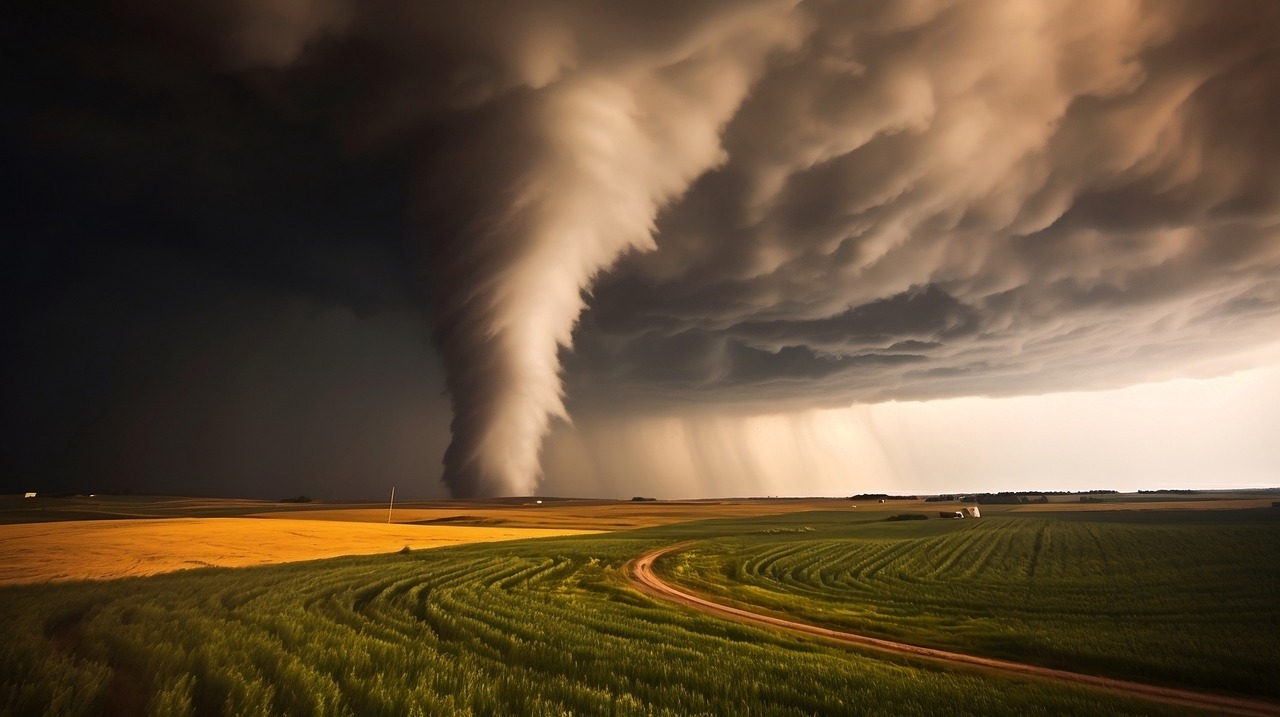Tornado Watch vs. Tornado Warning
Difference between Tornado Watch vs. Tornado Warning: When severe weather strikes, understanding the difference between a tornado watch and a tornado warning can be crucial for safety. Knowing what each term means and how to respond can save lives. Here’s a comprehensive guide to help you stay informed and prepared.
What is a Tornado Watch?
A tornado watch means that weather conditions are favorable for the formation of tornadoes. This alert is issued by the Storm Prediction Center and generally covers a large area, which can span several counties or even multiple states.
Key Actions During a Tornado Watch:
- Stay Informed: Keep an eye on updates from your NOAA Weather Radio, smartphone apps, or local news.
- Prepare to Act: Review your emergency plans, make sure your shelter is ready, and ensure you have access to emergency supplies like flashlights, batteries, and water.
- Stay Alert: Monitor changing weather conditions and be ready to take action if the situation escalates.
What is a Tornado Warning?
A tornado warning is more severe than a watch. It means that a tornado has been sighted or indicated by weather radar. This alert signifies an imminent danger to life and property, and immediate action is required.
Key Actions During a Tornado Warning:
- Take Shelter Immediately: Move to an interior room on the lowest floor of a sturdy building. Avoid windows and cover yourself with a mattress or heavy blankets for protection.
- If Outdoors: Try to find the nearest sturdy building. If that’s not possible, lie flat in a low-lying area and cover your head and neck with your arms.
- Avoid Vehicles: Do not attempt to outrun a tornado in your car. Instead, abandon your vehicle and seek shelter in a low area.
Differences Between Tornado Watch and Tornado Warning
- Area Covered:
- Tornado Watch: Covers a broad area, often multiple counties or states, where conditions are ripe for tornadoes.
- Tornado Warning: Covers a much smaller area, often the size of a city or county, where a tornado has been spotted or detected by radar.
- Level of Urgency:
- Tornado Watch: Be prepared to act. It’s a time to review plans and make sure you are ready to move quickly.
- Tornado Warning: Take immediate action. Seek shelter right away as a tornado poses an imminent threat.
- Duration:
- Tornado Watch: Typically lasts several hours, reflecting the period during which conditions are favorable for tornado development.
- Tornado Warning: Shorter duration, usually about 30 minutes to an hour, indicating an active, immediate threat.
Preparing for Tornadoes
Preparation is key to ensuring safety during tornado watches and warnings. Here are some additional tips:
- Create an Emergency Plan: Ensure all family members know the plan and have a designated safe room.
- Assemble an Emergency Kit: Include essentials like water, non-perishable food, medications, and important documents.
- Stay Informed: Have multiple ways to receive alerts, including weather radios, smartphone apps, and local news channels.
By understanding the differences between a tornado watch and a tornado warning and knowing how to respond, you can better protect yourself and your loved ones during severe weather events.
For more detailed information and tips on tornado safety, you can visit resources from the National Weather Service, FEMA, and other weather safety organizations.
Read More –
Hope you enjoyed this useful and helpful article based on “Tornado Watch vs. Tornado Warning”. For more information like this stay connect with us on latestbite.com . Thanks for your precious time.

